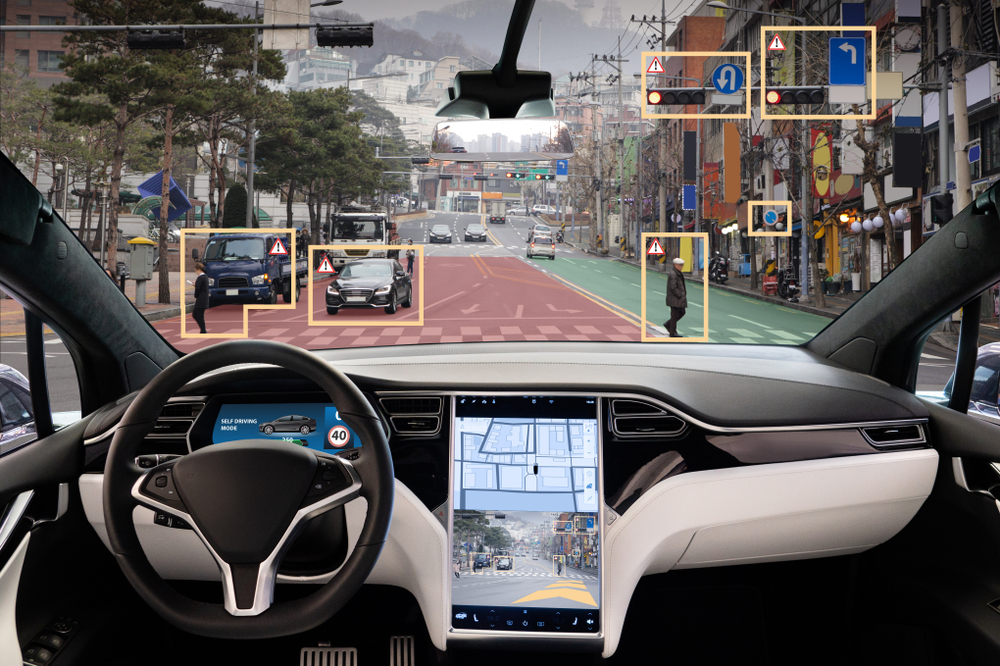Tesla facing layoffs, sales decline, and executive exits. Competitors thriving, Musk’s focus divided. Global EV sales increasing with supportive policies. The electric vehicle market evolving despite Tesla’s challenges.
Tesla is in a bad spot. The world’s largest electric carmaker on Monday told employees it would lay off more than 10% of its workforce, and two senior executives said they were leaving.
Earlier this month Tesla announced a stunning drop in sales, delivering 387,000 cars worldwide in the first quarter, down 8.5% from the same time last year. The company’s stock has fallen more than 35% this year, including a 5.5% drop on Monday. Elon Musk, Tesla’s CEO, appears strangely disengaged with the company’s stumbles and preoccupied with other pursuits.
Tesla is still the biggest electric vehicle manufacturer, credited with almost single-handedly creating the EV sector. As Tesla went, so went the industry.
But in a remarkably short period of time, the electric vehicle business appears to have untethered itself from Tesla.
American, Korean, Chinese and European carmakers all have big, durable EV product lines with growing sales. Ford sold 20,223 EVs in the first quarter of the year, an increase of 86% from the previous year, making it the second-bestselling EV brand in the U.S.
BMW said it delivered 82,700 all-electric cars around the world in the first three months of the year, up sharply from a year earlier. And in China, where Musk helped establish the market for electric vehicles, and the expertise to produce them, Tesla is losing its edge over Chinese competitors.
In recent months, total EV sales have softened a bit. But analysts expect long term sales to keep rising. Phasing out gas powered cars is an effective, and relatively easy, way to bring down planet warming emissions. And policy developments around the globe make it a near certainty that most big carmakers will be going all-in on EVs in the years ahead.
“The challenges with any particular company, Tesla or otherwise, doesn’t mean doom and gloom for the EV industry at large,” said Pete Slowik of the International Council on Clean Transportation. “We are at a place where this transition is real and we have significant momentum from every global automaker.”
Tesla was the first carmaker to prove there was a market for EVs. That helped make it the most valuable car company in the world, and prompted traditional automakers to jump into the EV market. More recently, however, Tesla has been slow to innovate.
It has not introduced a new car in years. The company reportedly canceled plans for a low-cost model in the face of rising competition. The Cybertruck release has been marred with problems. A long-promised fully self-driving mode remains elusive. And Musk, who is also CEO of rocket company SpaceX and the owner of social media platform X, formerly known as Twitter, has alienated many consumers with his polarizing behavior.
Tesla’s market share of EV sales in the United States is now 51%, down from 65% less than two years ago.
There are many factors at play, but at the root of Tesla’s troubles is the mercurial Musk.
Musk is an entrepreneur who has always taken big swings. These days, he is eschewing the traditional carmaker strategy of offering gradual upgrades each year and introducing a few new models each decade. Instead he is betting on big innovations, including the Cybertruck and especially self-driving mode, to revive Tesla.
“He only seems interested in Mars shots these days,” said my colleague Jack Ewing, who has been speaking with sources privy to what’s happening inside Tesla. “He seems bored by the idea of coming out with an upgraded Model 3.”
That strategy may appeal to Musk’s world-conquering ambitions. But it’s not a winning formula in the car business, which is driven by incremental updates and the regular introduction of new models.
Tesla, which does not have a media relations department, did not reply to a request for comment.
Recent policy changes make it virtually certain that the EV market will keep growing. Last month the Biden administration finalized rules that will effectively force automakers to make a majority of new passenger cars and light trucks sold in the U.S. all-electric or hybrids by 2032. EVs make up just 7.6% of new U.S. car sales today.
In Europe, China and other countries around the world, governments have introduced policies designed to spur the adoption and production of electric vehicles.






